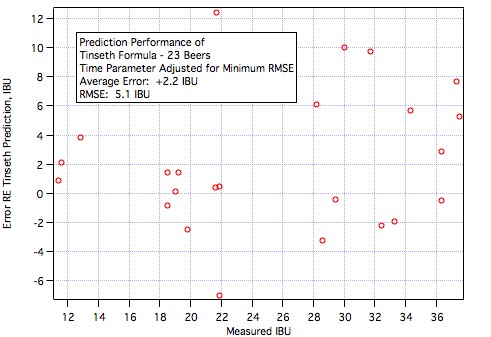Ok, so the recipe is for a Samuel Smith's Winter Welcome clone as found in "Clone Brews". The extract recipe calls for 1.5oz. of EKG's @ 4.2 AA which is 6.4 HBU's. I know how to calculate the HBU's, amount of hops time's the AA=HBU. HOWEVER, the all grain recipe call's for 4.5 HBU's of EKG for bittering, which is 30% less. I'm not much of a math wizz, soooo, I need some help here. Do I reduce the amount of hops that go in? Or, do I reduce the AA to achieve the proper HBU?
Thanks,
Justin
Thanks,
Justin









































![Craft A Brew - Safale BE-256 Yeast - Fermentis - Belgian Ale Dry Yeast - For Belgian & Strong Ales - Ingredients for Home Brewing - Beer Making Supplies - [3 Pack]](https://m.media-amazon.com/images/I/51bcKEwQmWL._SL500_.jpg)
















